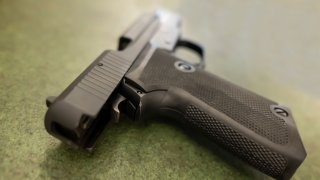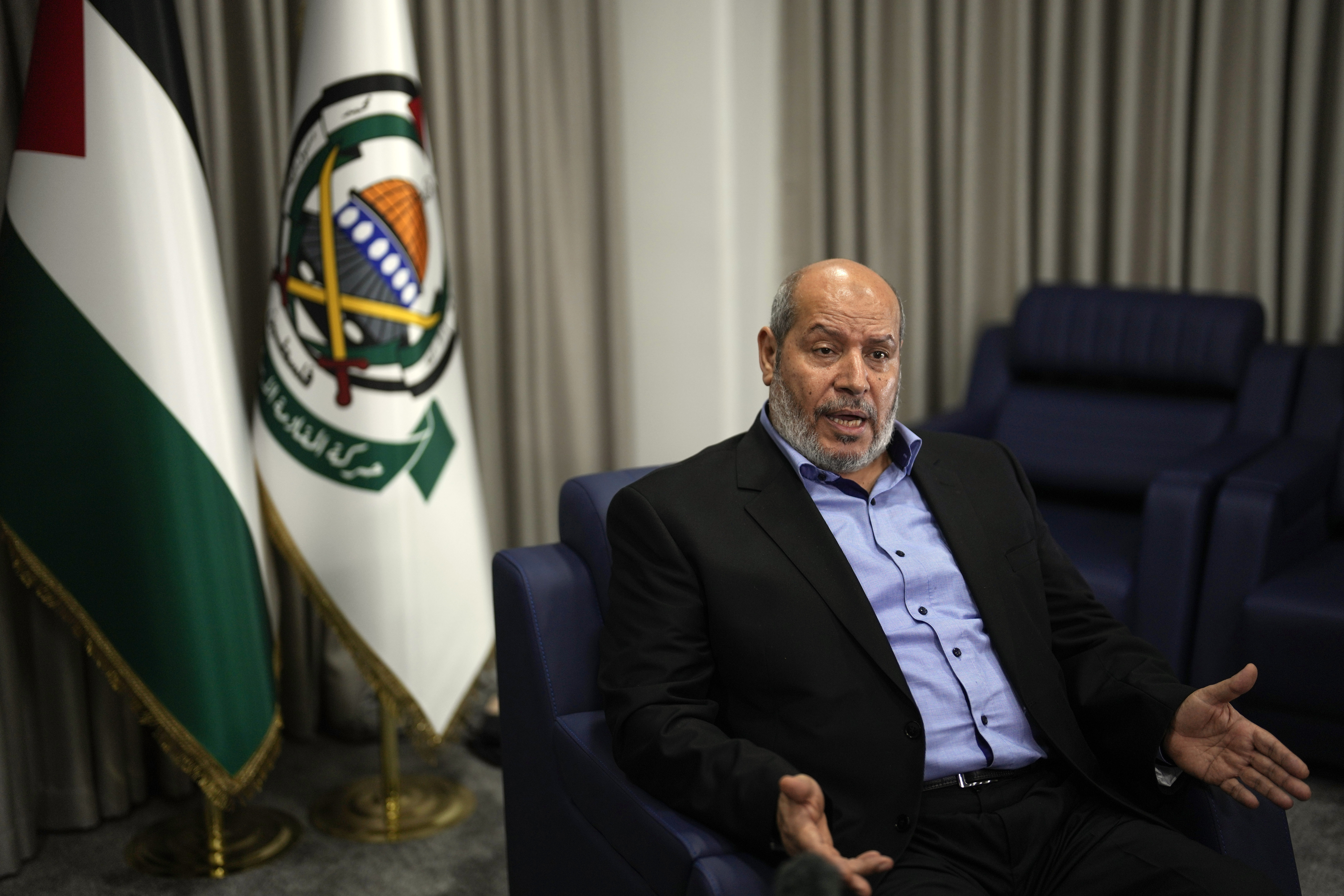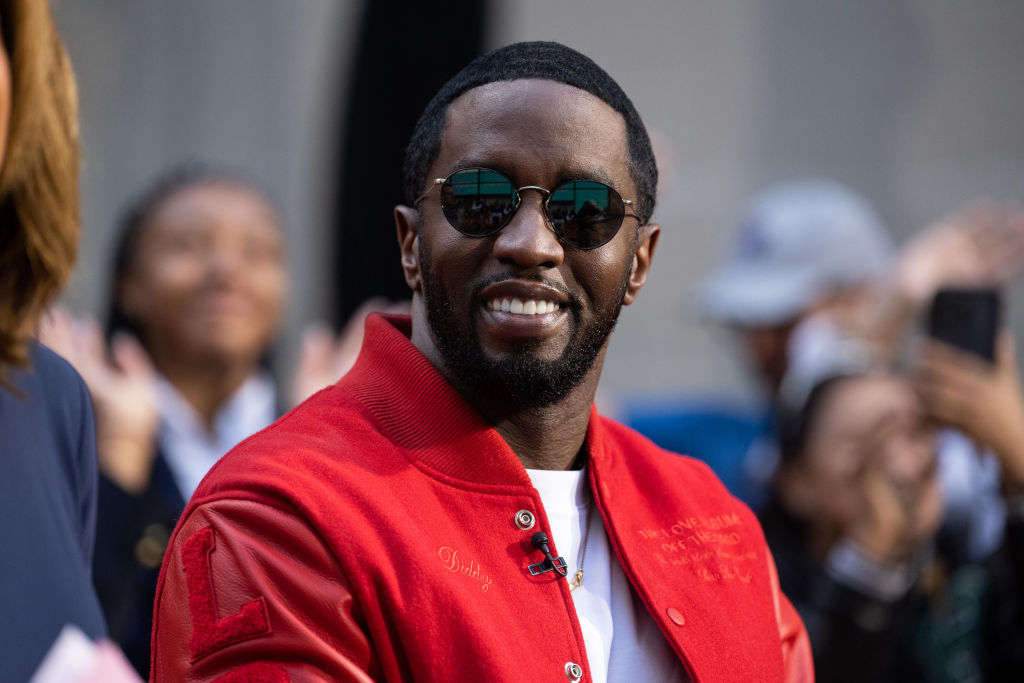
At least 157 people were killed and 270 were injured last year in unintentional shootings by children, according to Everytown, an advocacy group for firearm safety.
The children who pulled the trigger were most often teenagers ages 14 to 17 or children ages 5 and under, according to Everytown’s data, which is compiled from media reports. Roughly half of the incidents involved children who shot themselves. In the other half, someone else was injured or killed — usually another child.
“The victim is often a sibling, a cousin or a friend,” said Sarah Burd-Sharps, senior director of research at Everytown. “It leaves multiple families facing grief and regret.”
Everytown said federal and state authorities should do more to track and provide public data about such incidents to help identify the best ways to stop them.
Get a weekly recap of the latest San Francisco Bay Area housing news. Sign up for NBC Bay Area’s Housing Deconstructed newsletter.
“Nearly once every day, a child gets their hand on a loaded gun and shoots themselves or someone else,” Burd-Sharps said. “It’s so preventable.”
Those who died include a 2-year-old girl in Indiana who shot herself with a gun she found in her home and an 8-year-old boy in Alabama who was shot with a firearm that had been removed from his mother’s car. In Florida, a 12-year-old boy died and a 15-year-old was injured by a 14-year-old who was playing with a gun that he thought was unloaded, according to police.
Last year marked the highest number of unintentional shootings by children under 18 that Everytown has tallied since it began tracking them in 2015: 411 incidents resulted in injuries or deaths, with some involving multiple victims.
U.S. & World
Everytown’s effort is spurred, in part, by the lack of timely, comprehensive national data on unintentional shootings, according to the group, which was co-founded by former New York City Mayor Michael Bloomberg.
The Centers for Disease Control and Prevention provides broad data on injuries and deaths in unintentional shootings, but the data is limited and can be delayed for years. Some states only recently began submitting detailed reports about incidents to the federal government. And information about injuries is far less complete than it is for deaths, because there is less documentation.
“There is no system that is set up to get the circumstances” of firearm injuries, said David Hemenway, director of the Harvard Injury Control Research Center, which focuses on injury prevention. “No one is even close to doing that.”
While the federal government collects far more detailed information about fatal shootings, access to such data is restricted to universities and other research institutions.
In a statement, the CDC said it tracks and reports the age of shooters in all firearms deaths, but not all injuries, since that information is typically not available.
Everytown’s count of unintentional shootings based on media accounts also isn’t exhaustive, as not all shootings receive news coverage, particularly those in which no one is killed, and the initial reports of an incident may be incomplete.
But Hemenway said Everytown’s count of the fatal shootings seemed in line with what researchers would expect, given previous analyses of federal data and how often children tend to be involved in such incidents. “It sounds like they’re getting a sizable majority of deaths,” he said.
The overall rate of unintentional shooting deaths of both children and adults has fallen since the 1990s, according to CDC’s limited data. But firearms remain a leading cause of accidental child death. According to a 2015 survey, an estimated 4.6 million American children were living in homes with at least one loaded and unlocked firearm, and gun sales have surged since then.
In 2016, 14-year-old JaJuan McDowell was unintentionally shot and killed by another teenager who was playing with a gun that had been stored in a dresser drawer.

Eight years later, JaJuan’s mother, Julvonnia McDowell, still catches herself looking in the rearview mirror while she’s driving and remembers that she will never see her son sitting in the back seat again.
“When guns aren’t properly stored, it means pain and trauma that I wouldn’t wish on anyone,” said McDowell, who encourages others to have conversations about safe firearm storage as a volunteer for Moms Demand Action, the grassroots arm of Everytown.
“This is an issue that we all need to worry about,” McDowell said. “Whether it’s your gun or not, believe me — it can be your child.”
This story first appeared on NBCNews.com. More from NBC News:



